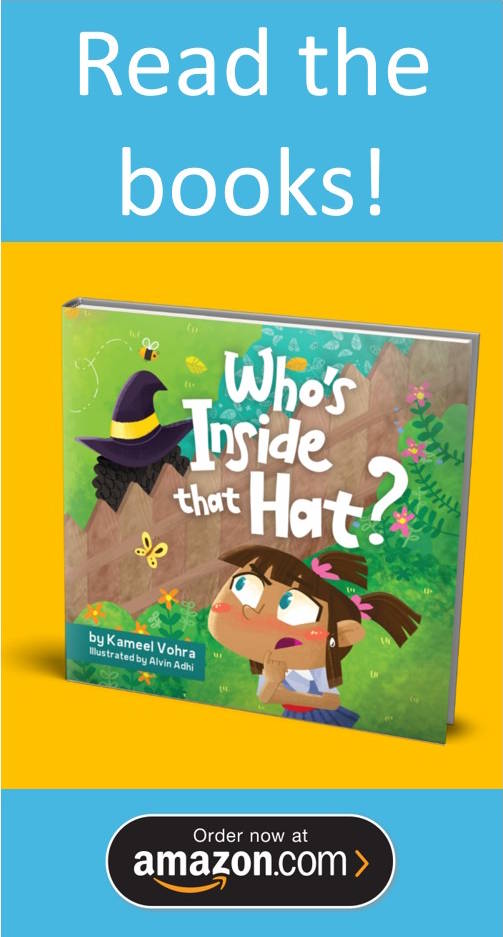Fostering kindness, patience, and empathy in our children is important to all parents. We hope our children grow up to be generous, and kind people. Something that can be challenging in our ‘everything-on-demand’ world. One way to encourage these skills is by teaching our children to practice gratitude. When they can focus on the things they are thankful for, they are better equipped to be kind & manage when things get tough.
What is “gratitude”?
Gratitude is the state of being thankful and appreciative of the people, places, and things in your life, but It’s a lot more than just saying ‘thank you‘. Even as adults, we need constant reminders to be grateful for what we have. Teaching your kids gratitude at an early age will not only make them happier, but the world around them too. Here’s some tips on how to teach them gratitude:
7 Tips to Teach Your Child Gratitude:
- Model gratitude – The best way to teach gratitude is to model it for your children. When your child witnesses you are appreciating others, and feeling grateful you are instilling that quality into them. You are providing them with an opportunity to see, first hand, how powerful being grateful can be.
- Practice mindfulness – Mindfulness is a meditation practice that requires you to be aware of what you are feeling in the moment. Through mindfulness, you can really focus on your feelings of gratitude. Mindfulness can be done alone, or together.
- Have them help around the house – Give your child responsibilities around the house. This will help them learn to appreciate the effort that goes into maintaining a home and being a part of a family. They will take more responsibility, and appreciate their space more.
- Encourage them to appreciate what they have – You may be tempted to purchase every toy your child wants, but it might be more helpful to encourage them to appreciate the toys they already have. It is okay to say “no” to their requests for new toys, clothes, or electronic gadgets. By not indulging their every request, you are helping them to understand the need to appreciate what they have.
- Give to others often – Allow them to give to others. You can do this by volunteering as a family, buying or creating gifts for others, or giving out thank you notes to people.
- Practice patience – Demonstrating patience is the best way to teach children patience. When you are patient with your child, you are reinforcing to them that they matter and that you are thankful for their presence. They will learn from your behavior that all people should be treated with patience, and they will be thankful for your example.
- End your day discussing what you are grateful for – As a family, it is important to include gratitude in your daily routines. This can look like reading books that focus on gratitude, talking about what you were thankful for that day during dinner, or teaching your child to write in a gratitude journal. By making this a regular part of your day, you are encouraging your child to always find something they can be grateful for and to think positively. This can be a great dinner time or bedtime conversation with your kids!
Why is gratitude important?
 When children spend time, genuinely, acknowledging the things they are thankful for there they are impacted positively. Children who practice gratitude regularly are benefited by:
When children spend time, genuinely, acknowledging the things they are thankful for there they are impacted positively. Children who practice gratitude regularly are benefited by:
- Increased self-esteem
- Reduced stress and depression
- Increased optimism and happiness
- Lower aggression
- Less stress, worry, and pain
Gratitude Activities for Kids
- Gratitude flowers – This a great arts and crafts activity that can help your child practice gratitude. Using construction paper, cut out the various parts of a flower. On each petal instruct your child to write one thing they are grateful for. Make sure the flower has at least 4 petals. Once each petal has something written on it, help them glue all the flower parts together. You can create an entire garden of gratitude!
- Gratitude rocks – Like the Gratitude Flowers, your child can use their arts and crafts skills for this. Spend time finding smooth rocks with your child. This is a great opportunity for you both to talk about things you are grateful for. Once you’ve collected enough rocks, paint inspiring messages, or pictures, of gratitude. After the paint dries, place the rocks around in places where people might stumble across them.
- Create thank you cards for first responders – One way of teaching gratitude is to teach your child to give back and thank people in their lives. By taking the time to create a card for first responders, they are learning what it means to make someone else feel appreciated. This activity can be for any person in your child’s life, not just first responders. They can make cards for their teachers and school staff, their dentist, etc. The main goal is for them to spend time acknowledging their appreciation for someone else.
- Volunteer at your local food pantry – The goal is to help children appreciate their lives and all the good things in their lives. By volunteering at the local pantry, your child will begin to understand that not everyone is afforded the same privileges and luxuries. Volunteering will also help to foster a sense of purpose in your child. It will teach them that they are capable.
- Read books that teach kindness – Especially for young children, constant reinforcement is important. Reading books that eschew good morals and kindness will help them better recognize kind behavior and gratitude.
- Gratitude walks – Spending time in nature helps to connect us to our purpose. Children who spend time outside experience reduced stress and anxiety, and they can expend pent up energy. All of this makes the last activity a perfect way of helping your child express their feelings of gratitude. Gratitude walks can take place in your neighborhood, on a track, or on a trail at the park. On the walk, you and your child will take notice of the scenery and express thankfulness for what you are experiencing. This can be a pretty flower in the ground, the sounds of birds, or a beautiful sunset. The important thing about a gratitude walk is that you and your child can connect, and bond.
Gratitude is not just about saying ‘thank you’. It’s about understanding the importance of being thankful. It’s something that parents can show their kids, but isn’t easy to lecture them on. Practicing gratitude will teach children empathy and compassion. They can fully feel themselves in the moment and will be more comfortable taking the time to appreciate the good things in their lives. The appreciation that they learn will help them grow into successful, happy, adults.


